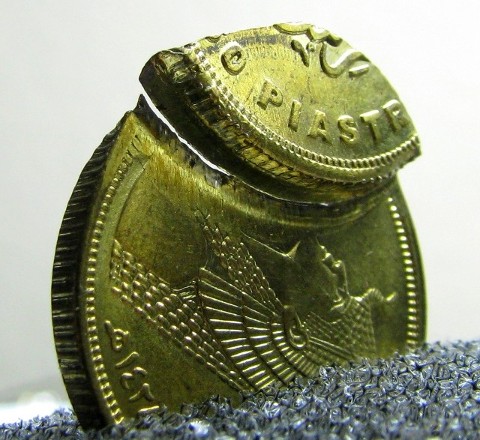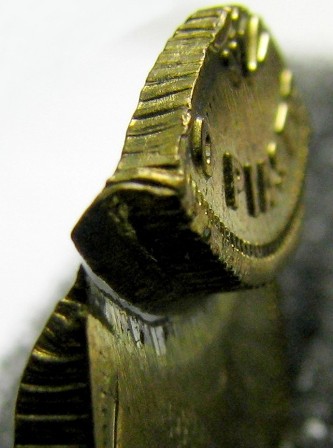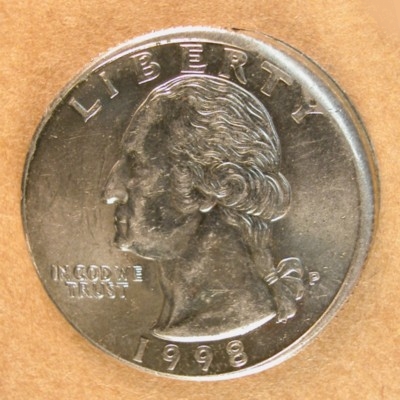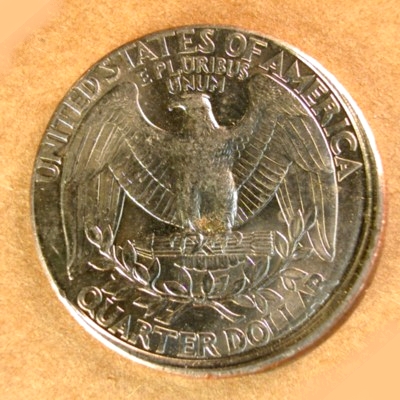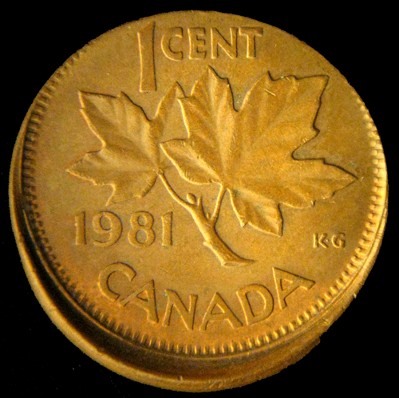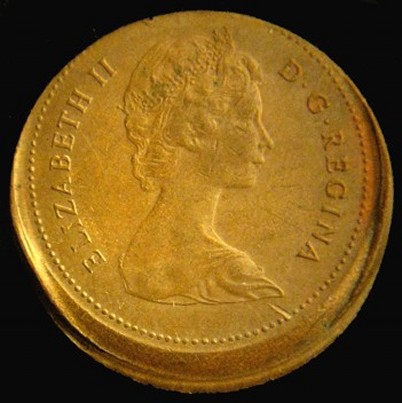PART VI. Striking Errors:
Collar Deployment Errors:
Stiff Collar Error
Definition: A stiff collar error occurs when an off-center planchet is forced down on top of a collar that is frozen in the “up” position. This causes severe warping of the coin. A rounded shoulder is produced on the face struck by the anvil die. The shoulder ends laterally at a strong collar scar. A short lip may extend lateral to the collar scar. On the face struck by the hammer die we generally see the development of a thick vertical flange.
The hammer die can drive a coin completely into a fully deployed collar. Sometimes the collar is partly deployed. Sometimes the collar is partly depressed but then freezes in a partly deployed position.
Most stiff collar errors are minor off-center strikes or uncentered broadstrikes. A few are very far off-center.
The ultimate expression of a stiff collar error is an elliptical strike clip. Here a planchet is sheared in two between the descending hammer die and the top of the collar (see elliptical strike clip).
Minor horizontal misalignments of the hammer die occur rather frequently in conjunction with stiff collar errors. The enormous shear forces set up between the hammer die, planchet, and collar tend to nudge the hammer die (or die assembly) in the opposite direction.
In some presses, like the Schuler press, stiff collar errors of varying severity are associated with the majority of minor off-center strikes and uncentered broadstrikes. Evidently the collar is designed to budge only grudgingly in this press. Because of this, we might want to refer to this phenomenon as simply a “stiff collar effect” when we’re dealing with issues where the phenomenon is common.
Stiff collar errors are frequently confused with partial collar errors. They are not the same thing, although the two errors can co-occur.
Below is a flipped over double-struck Egyptian 2007 50 piastries. During the second, off-center strike, the hammer die forced the coin down into a collar frozen and fully deployed in the “up” position. This nearly sheared the coin in two. Had the off-center strike been severed, it would have resulted in the production of a double-struck elliptical strike clip and a coin with a curved strike clip.
